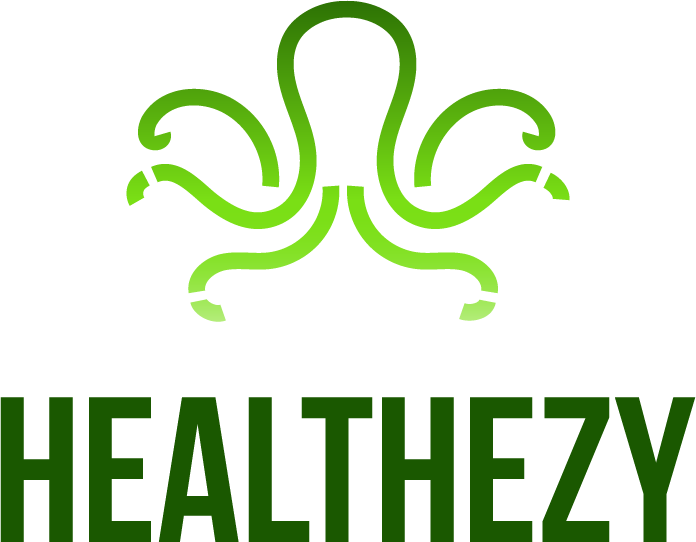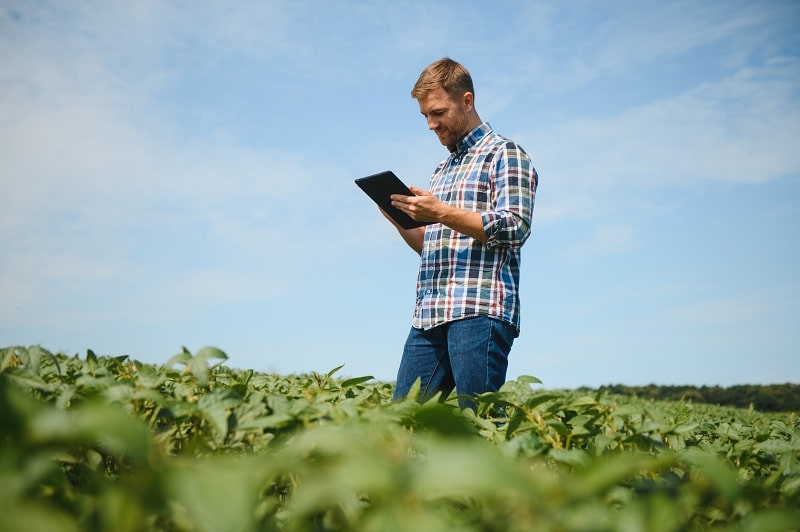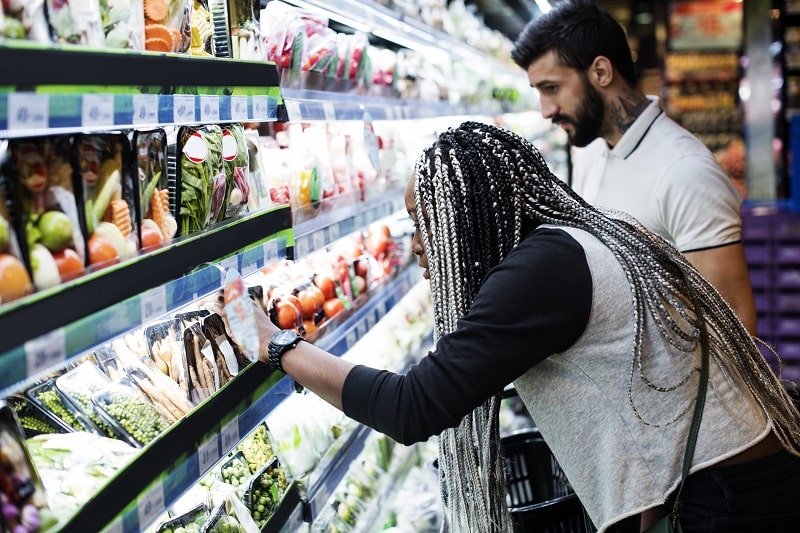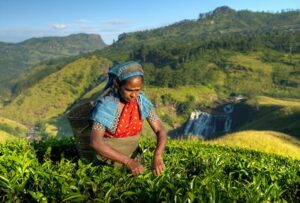Food production and pesticides is a challenge to discuss. So let’s go into our in-depth exploration of food production and the use of pesticides. As our global population continues to grow, so does the demand for food, leading to increased use of pesticides to maximize yields and profits. However, we must take a cautious approach to ensure the safety and sustainability of our food system.
Pesticides are chemicals used to kill insects, weeds, and other pests that can harm crops. While they have numerous benefits, including increased crop yields and lower production costs, they also have potential risks associated with their use. These risks include harm to human health, the environment, and biodiversity.
In this article, we will examine the impact of pesticides on food quality and safety, sustainable approaches to food production, and the need for proper regulation and monitoring. We will also discuss the importance of balancing food production with environmental impact and ensuring food security and safety.
Key Takeaways
- A cautious approach is necessary to ensure the safety and sustainability of our global food system.
- Pesticides have numerous benefits but also carry potential risks to human health, the environment, and biodiversity.
- We will examine the impact of pesticides on food quality and safety, sustainable approaches to food production, and the need for proper regulation and monitoring in this article.
- The importance of balancing food production with environmental impact and ensuring food security and safety will also be discussed.
Understanding Pesticides
Pesticides are chemical substances that are used to kill pests, including insects, weeds, fungi, and rodents, that can damage crops and reduce food production. These chemicals have been used in agriculture for decades and have played a critical role in ensuring global food security.
There are many different types of pesticides, each with different modes of action and designed to target specific pests. Insecticides, for example, are used to kill insects, while herbicides are used to control weeds. Fungicides are used to prevent or treat fungal infections, while rodenticides are used to control rodents.
While pesticides can provide significant benefits in terms of crop protection and increased yields, they can also pose risks to human health and the environment. Exposure to pesticides has been linked to a range of health problems, including cancer, neurological damage, and reproductive issues. Pesticides can also contaminate water sources and harm non-target organisms, including beneficial insects and wildlife.
To minimize these risks, pesticide use is regulated by government agencies around the world, which set standards for safe levels of exposure and the types of pesticides that can be used. Integrated pest management (IPM) is another approach that aims to reduce reliance on pesticides by using a combination of biological, cultural, and chemical strategies to manage pests.
The Impact of Pesticides on Food Quality and Safety
Pesticides are chemicals used to control pests and improve crop yields. While they play a crucial role in food production, their use also raises concerns about their impact on food quality and safety, particularly when it comes to pesticide residues.
Pesticide residues can remain on food products even after they have been harvested and processed. This can pose potential health risks to consumers, including acute and chronic toxicity, , carcinogenic effects and endocrine disruption. Endocrine disruptors are chemical substances that change the functioning of the endocrine system and can have a negative impact to the health of humans as well as animals.
Proper regulation and monitoring are crucial in mitigating these risks. Regulatory Agencies such as Health Canada, U.S. Food and Drug Administration, European Food Safety Authority, and Agency of the European Union and other agencies around the world have set limits on pesticide residues in food, known as Maximum Residue Limits (MRLs). These limits are based on scientific evidence and are regularly reviewed and updated to ensure they are effective in protecting public health.
In addition to MRLs, farmers and food producers can also take steps to reduce the presence of pesticide residues in their products. This includes using alternative pest management strategies, such as crop rotation, natural predators, and physical barriers, as well as adopting organic farming practices. However, whether one consumes organic or not, there is no scientific evidence that demonstrates organic foods are safer to consume than non-organic grown foods.
Ensuring food safety is not only crucial for protecting public health, but it is also a key component of food security. By minimizing the risks associated with pesticide use, we can ensure that everyone has access to safe and nutritious food now and in the future.
Sustainable Approaches to Food Production
There is a growing need for sustainable approaches to food production that minimize the reliance on pesticides. Organic farming is one such practice that eliminates the use of synthetic pesticides and promotes the use of natural pest management techniques. This method helps to maintain soil quality, reduce water pollution, and improve biodiversity.
Integrated pest management (IPM) is another alternative approach that aims to control pests through a combination of techniques such as crop rotation, biological control, and cultural practices like planting pest-resistant crops. This approach has been successful in reducing pesticide use while maintaining crop productivity, and it also promotes diversity in the agricultural landscape.
Aside from organic farming and IPM, other sustainable approaches to food production include agroforestry, conservation agriculture, and precision agriculture. These practices take a holistic approach to farming and focus on preserving the soil, water, and biodiversity in agricultural environments.
While there are some challenges to implementing sustainable practices, such as higher labor costs and reduced yields in the short term, the long-term benefits outweigh the costs. Sustainable practices promote a healthier environment and ultimately lead to a safer and more secure global food system for all.
Balancing Food Production and Environmental Impact
Pesticide use in food production has a significant impact on the environment. It can harm ecosystems, contaminate soil and water sources, and reduce biodiversity in agricultural landscapes.
Pesticides can pollute water sources, making them unfit for human consumption and harming aquatic life. This pollution can also affect wildlife populations, which rely on these water sources for survival.
In addition, pesticides can harm non-target species, such as bees, butterflies, and birds, which are essential for pollination and maintaining ecosystem health. This loss of biodiversity can have long-term negative effects for the environment and our ability to produce food.
To minimize the environmental impact of pesticide use, farmers and regulators can take several steps. They can use alternative pest management methods, such as integrated pest management and crop rotation. They can also implement buffer zones around water sources and minimize pesticide use in areas with sensitive ecosystems.
Governments and regulatory bodies can also play a role in reducing pesticide pollution and protecting biodiversity. They can establish and enforce regulations on pesticide use, monitor water sources for contamination, and promote sustainable farming practices.
Ultimately, balancing food production and environmental impact requires a collaborative effort from farmers, regulators, and consumers. By adopting sustainable practices and supporting responsible regulation, we can ensure a healthier and more sustainable food system.
Ensuring Food Security and Safety
Food security and safety is a critical issue that affects the well-being of people worldwide. It is essential to ensure that food production is safe, sustainable, and healthy for consumers, farmers, and the environment.
The use of pesticides in food production is regulated by various national and international bodies. These regulations aim to ensure that pesticides are used safely and do not harm human health or the environment. Regulatory bodies set standards for pesticide residues in food, which must be adhered to by farmers and food producers.
International standards for pesticides in food production are set by the World Health Organization (WHO) and the Food and Agriculture Organization (FAO). These standards are used by countries worldwide to regulate the use of pesticides and ensure that food is safe for consumption.
Proper pesticide regulation is crucial in ensuring food security and safety. Without adequate regulation, excessive pesticide use may result in health risks for consumers, harm to the environment, and reduced soil fertility. Overuse of pesticides can also lead to resistance, making them less effective in controlling pests.
Integrated pest management (IPM) is a sustainable approach to pest control that focuses on preventing pest problems rather than relying on chemical pesticides. IPM involves a combination of techniques such as crop rotation, pest-resistant crops, natural predators, and biological controls. This approach reduces the need for synthetic pesticides and promotes a healthier and more sustainable food system.
In conclusion, ensuring food security and safety requires proper regulation of pesticide use, adherence to international standards, and the adoption of sustainable practices such as IPM. As consumers, we can support sustainable agriculture by choosing foods produced using organic or sustainable farming methods and advocating for proper regulation of food production.
Conclusion
As we wrap up our discussion on food production and pesticides, it is evident that a cautionary approach is necessary to ensure the safety and sustainability of our global food system.
While pesticides play an essential role in food production by protecting crops against pests and diseases, the potential risks associated with their use cannot be ignored. It is crucial to understand the different types of pesticides and their impact on food quality and safety.
Adopting sustainable approaches to food production can minimize reliance on pesticides, reducing their potential harm to the environment and ecosystems. Organic farming practices, integrated pest management, and other alternative methods can offer a more environmentally friendly and healthier food system.
It is essential to balance food production with environmental impact. Pesticide pollution in water sources and the loss of biodiversity in agricultural landscapes are some of the potential harm to ecosystems that can arise from pesticide use.
Ensuring food security and safety while mitigating the risks associated with pesticide use requires proper regulation, ongoing research, and the adoption of international standards. Transparency in the global food system is crucial.
In conclusion,
We emphasize the significance of a cautionary approach to food production and pesticide use. Sustainable practices, proper regulation, and ongoing research are necessary to ensure a safe and secure global food system. Through collective efforts, we can safeguard the planet and ensure that future generations have access to healthy and nutritious food.
FAQ
What are pesticides?
Pesticides are chemicals used in food production to control pests, such as insects, weeds, and fungi. They help prevent crop damage and increase yields.
Are pesticides safe for human consumption?
When used properly, pesticides are considered safe for human consumption. However, it is important to follow proper guidelines and regulations to minimize potential risks.
What are the different types of pesticides used in food production?
There are several types of pesticides, including insecticides (for controlling insects), herbicides (for controlling weeds), fungicides (for controlling fungi), and rodenticides (for controlling rodents).
Are pesticide residues found in food?
Yes, pesticide residues can be found in food, although they are typically within safe levels. Regulatory bodies set maximum residue limits to ensure that the levels of pesticide residues in food are safe for consumption.
How are pesticide residues regulated?
Pesticide residues in food are regulated by national and international agencies. These agencies set maximum residue limits and regularly monitor and enforce compliance to ensure food safety.
Do organic foods contain pesticides?
Organic foods are produced without the use of synthetic pesticides. However, they may still contain traces of naturally occurring pesticides, which are generally considered to be safe.
What is integrated pest management (IPM)?
Integrated pest management is an approach to pest control that combines various methods, such as biological control, crop rotation, and targeted pesticide use, to minimize the reliance on pesticides and prevent pest outbreaks.
How do pesticides impact the environment?
Pesticides can have negative effects on the environment, including polluting water sources, harming non-target organisms, and reducing biodiversity. It is important to use pesticides responsibly to minimize these impacts.
How can we ensure food security while minimizing pesticide use?
Ensuring food security requires a balance between effective pest control and minimizing pesticide use. This can be achieved through sustainable farming practices, such as organic farming and integrated pest management, along with proper regulation and monitoring.
What can consumers do to minimize pesticide exposure?
Consumers can minimize pesticide exposure by washing fruits and vegetables thoroughly, choosing organic produce whenever possible, and supporting sustainable farming practices. It is also important to stay informed about pesticide regulations and make educated choices when buying food.
About the Author
Zovinar is a seasoned Food Regulatory Affairs Professional, with over two decades of experience in advocating for consumer protection and product safety. Her academic prowess is grounded in a Bachelor of Honors in Science from the University of Toronto and further enriched by a Master’s in Arts from York University and a Master’s of Science from Northeastern University. These qualifications have been instrumental in shaping her as an expert in food safety and regulation.
At the heart of Zovinar’s career is a deep-rooted passion for ensuring consumer safety and advocating for their rights. Her commitment to these principles is evident in her approach to providing well-researched, scientifically-backed information through her dedicated website. This platform reflects not just her extensive knowledge and experience, but also her dedication to promoting transparency and quality in the food and product safety industry.
Join Zovinar on her mission to safeguard consumer interests and uphold the highest standards in food regulatory affairs.







